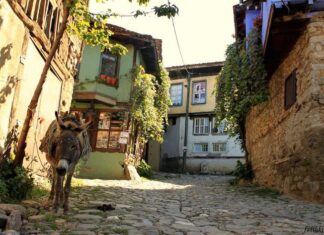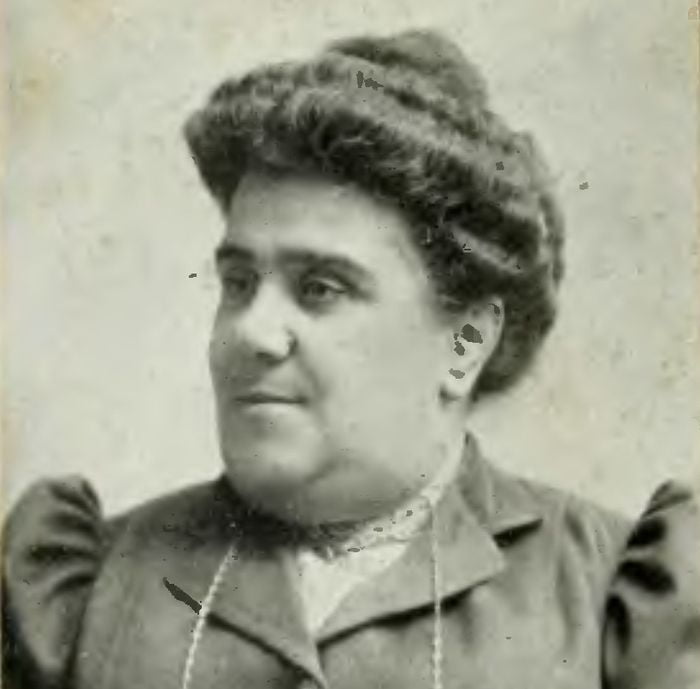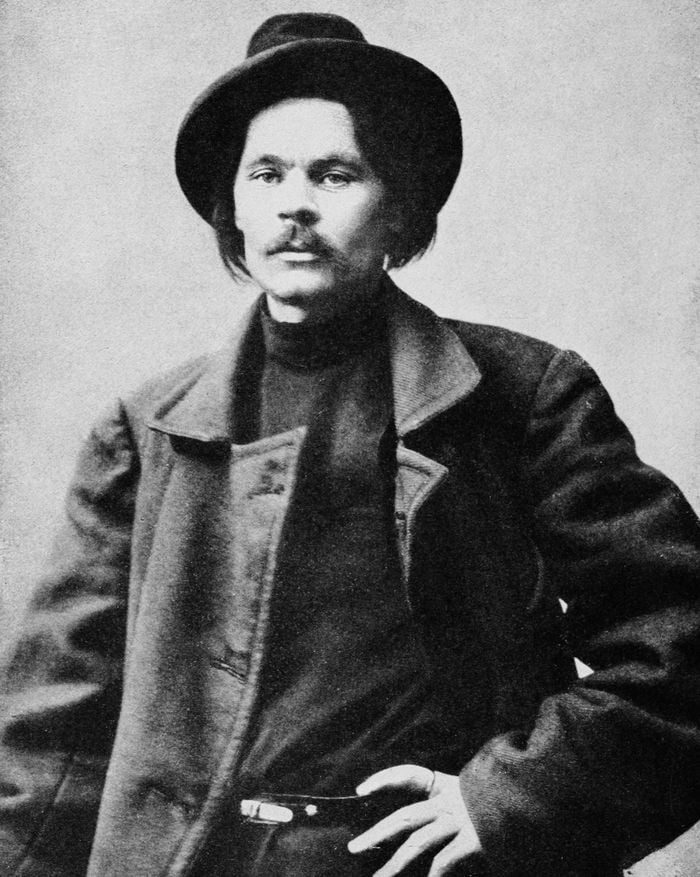Living and Defense Space
The lower part of each tower in Constantinople’s city walls did not play a major role in direct combat. Instead, it was often used as a storage room or a temporary living space. Soldiers who were about to leave for battle—or who had just returned—could stay there for a short time.
In peaceful times, even the landowners of the ground beneath the towers were allowed to use the lower chambers, though this likely happened only under certain conditions and rules The Moat of Constantinople.
The Upper Chamber a Key Defensive Post
The upper level of each tower was used for military purposes. It could be entered from the walkway along the top of the main wall, through a large arched doorway. This chamber had three large windows, offering wide views in different directions. These windows let defenders observe the enemy and fire weapons during a siege.
Stairs led from this upper chamber to the roof of the tower, which was surrounded by protective battlements. Heavy weapons—like catapults and Greek fire machines—were placed there. Guards took shifts on these rooftops, watching the western horizon day and night. To stay awake and alert during long nights, they would call out to one another along the wall.
The Inner Terrace Room for Troops
Between the inner and outer walls of the city stood a wide terrace, known as the Peribolos. It measured 50 to 64 feet wide and provided space for soldiers to move and prepare for defense. It also connected various towers and allowed troops to shift between the inner and outer defenses as needed.
The Outer Wall The First Line of Defense
The Outer Wall was thinner than the inner one, usually 2 to 6.5 feet thick. It rose about 10 feet above the Peribolos level and about 27.5 feet above the area between the Outer Wall and the moat.
The lower part of the Outer Wall was solid and helped support the earth of the inner terrace (Peribolos). The upper part was designed with stone arches, faced with carved blocks. These arches not only gave extra strength to the wall, but also supported a walkway with battlements for defending soldiers.
Chambers Inside the Outer Wall
Some sections of the Outer Wall also had arched chambers (about 8.5 feet deep) hidden behind the main wall. These were used to house troops or protect them during battle. Soldiers inside could shoot arrows or other weapons through narrow loopholes built into the outer face of each chamber. In some places, two rows of arches were used to give even more support and space.







